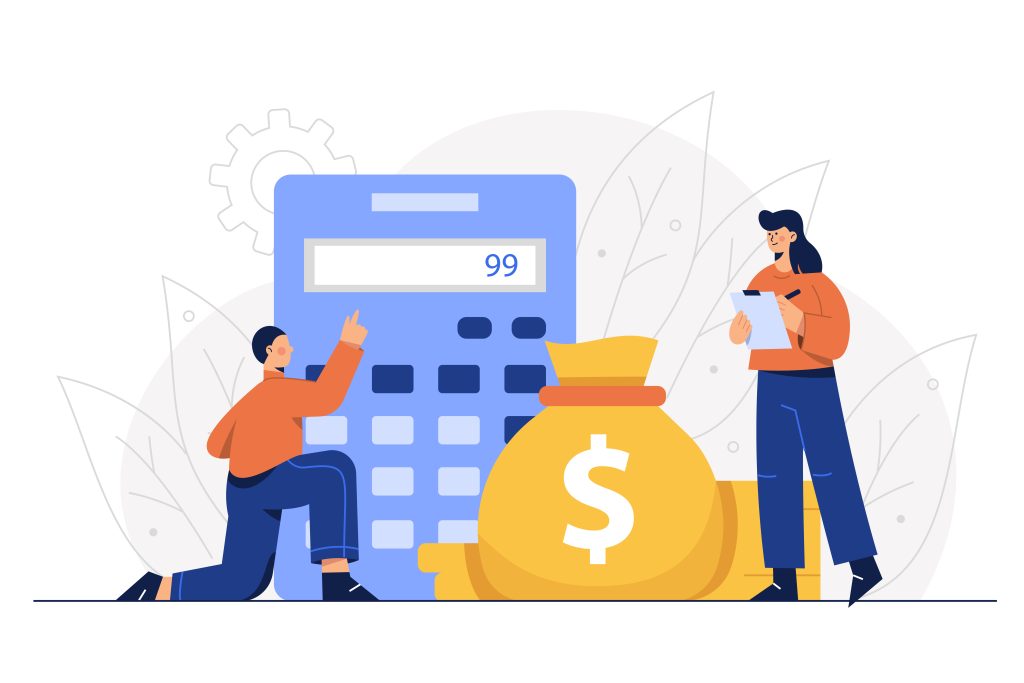
Pricing
Esseen tyyppi: Yksilöessee / 2 esseepistettä.
KIRJALÄHTEET
| KIRJA | KIRJAILIJA |
|---|---|
|
Monetizing innovation how smart companies design the product around the price |
Ramanujam, M. and Tacke, G. |
- Introduction
One of the most important decisions in a business may be the price you set for your product. Your price defines the quality of the product that you can offer and what kind of clients you will attract. If you cut too many corners to reduce your prices, it becomes impossible to deliver the high-quality product your clients expect. If you charge too much for your work, you end up providing a very financially segmented target group, making it impossible to grow your client base. Finding the right balance can be challenging, but there are strategies to support this decision. - Understand what the client wants
In Monetizing Innovation book Ramanujam and Tacke say that companies should design their product around the price (Ramanujam and Tacke 2016, 6). At first, it might sound weird or even an incorrect way of seeing the business pricing scenario. Although, going through their examples and definition of what they mean by “the price,” you start to understand and agree with their point of view. The price of a product is not merely the number next to the currency sign as a dollar sign. The definition of the word price in the book is what the customer wants to buy and what the customer value in a product or service. The writers see price as what the client wants.Analyzing the full process, we often see companies designing, building, learning the market, and pricing the product. Ramanujam and Tacke argue the order of these steps should be changed as follows: Market and price, design, and build. They aim to talk with the customers and ask what they value and how much they would pay for this value.Building the whole project process to Pikku-Brasilia (açai selling summer trailer), the team used the first way of working. Define the product, define the costs, guess the revenue, and forecast some profit (Araujo 2022). After reading Ramanujam and Tacke’s book, it looked silly to think the team was most likely guessing how much the product should cost. They have now been talking with the target customer group and trying to find out the value of trailer-selling açai in the city center. Consequentially, they have also been asking their customer target group how much they would be willing to pay for this value. The funny part is that the price as a number next to the currency sign increased. While they thought they should cover the costs and get some profit by the end of the day, in reality, the product has a higher price for the target customer base. The feedback so far is that people don’t care about the healthiness of the food, they praise the speed of the customer service. They are looking forward to a Brazilian atmosphere, and they are willing to pay a fair amount of money if these values are delivered in their city. This is the real price of the product that can now be designed around these aspects researched.
- “Reasons” for Not Raising Prices
Searching for conflicting opinions, I found a way more technical opinion, which confirms once more that pricing is not only about playing with numbers based on assumptions.These are four phrases business owners would say to justify not raising their prices: Lack of Name Awareness, Customers Only Care About Price, Competitors Won’t Raise Prices, and We’ll Lose Market Share (Furtwengler 2010, 21). None of these arguments are correct. The lack of understanding of the real value for the customer is the real issue that blocks business owners from raising their prices.
3.1 Lack of Name Awareness
It is not the work of your price to bring awareness to your business, but the marketing team to work on your branding.3.2 Customers Only Care About Price
Following this line of thought would mean the customer doesn’t have better knowledge than you to price the value of your product.3.3 Competitors Won’t Raise Prices
This argument falls into the same logic as the previous one. If the competitors knew the value they are creating, and it would be higher than what they offer at the moment, they would charge more to their customers.3.4 Loss of Market Share
This argument needs some math to be proven, but in simple words, not all customers have the same value. There will be a percentage of clients who buys the product but do not buy the value. Raising the price would mean losing this piece of the market. Still, it also means reducing costs in trying to attract this market and creating extra products to match their product price expectations. Dealing with complaints because they are not there for the value you are trying to sell. It means they are easily frustrated. Focus on your target group and growing geographically is more profitable than trying to sell to the whole market, including those who can’t see value in your business. - ConclusionPricing a product or service is not an easy task. Hopefully, you now have some guidance on how to come up with a realistic price. Remember mainly that a good price is not a cheap price. Trying to set your price as low as possible can even negatively affect your business. Having all the items explored in this text in mind, it should be easy to identify the value you are selling to your customer and build a product around the defined price.
- References
Araujo T. (2022) Welcome to the world, Pikku-Brasilia. Finland. Available at: https://esseepankki.proakatemia.fi/en/welcome-to-the-world-pikku-brasilia/ (Accessed: December 6, 2022).
Furtwengler, D. (2010) Pricing for profit: How to command higher prices for your products and services. New York, NY: AMACOM.
Ramanujam, M. and Tacke, G. (2016) Monetizing innovation how smart companies design the product around the price. Hoboken, NJ: Wiley.


